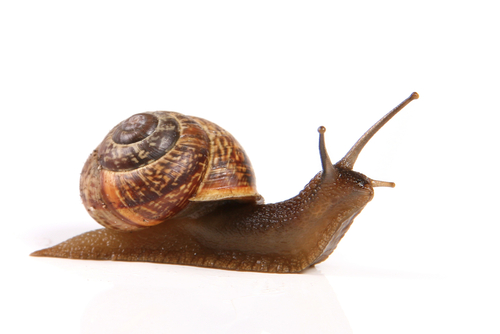Percentages are all around us... we just don't see them most of the time.
We may need to calculate increases... these are sometimes good like a pay rise, but can also be bad, like bills rising each year.
We may also need to calculate percentage decreases... sometimes good like a tax bill decreasing, or sometimes bad like the value of a something you own (like a car) reducing.
.jpg)
Has he got bigger, or have I got smaller?
To find a percentage increase, we need to use a multiplier.
e.g. Increase 350 by 22%.
As we want to find 22% more than our original value, we need to add our 22% on top of our starting 100%.
So our multiplier, in this case, will be 1.22, which represents 122% of the original value.
Then we multiply our starting value by this:
350 × 1.22 = 427
But what about if we are looking for a percentage decrease?
e.g. Decrease 350 by 22%.
You may be tempted to think that we need to complete the sum 350 × 0.22, right?
No, no, no! This tells us what 22% of 350 is, not how much remains after a 22% decrease.
Care is needed here. Remember that 'percent' means out of 100.
So we need to take the 22% from 100% first.
This makes sense if we give it some thought - we want to have 22% less than the value we started with, which represented 100%.
100 - 22 = 78
We only want to find the 78% that is left.
To complete the decrease, we calculate:
350 x 0.78 = 273

Take it slowly and we will get there...
In this activity, we will calculate the percentage increases and decreases using raw numbers and in real-life situations.
You may want to have a calculator handy to use, so you can concentrate on practising these methods and not exhausting your mental maths brain!
Let's get started.








